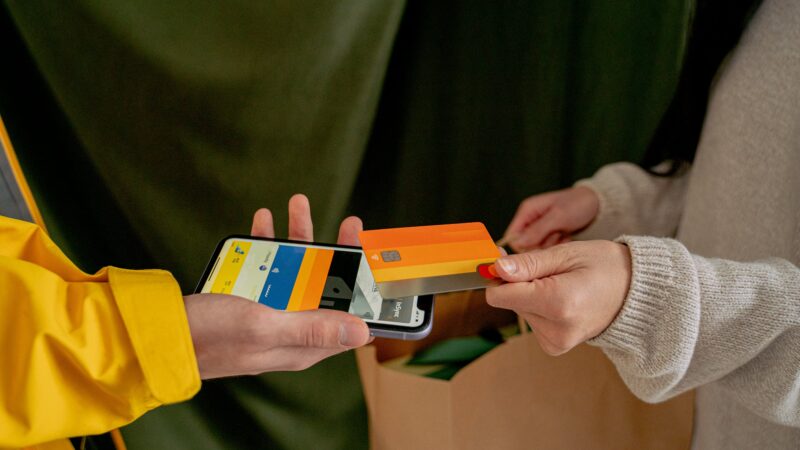A Comprehensive Guide on How to Make an EcoATM: Turning Trash into Treasure

Introduction:
In an era where electronic waste is a growing concern, finding sustainable solutions becomes imperative. One innovative way to address this issue is by creating your own EcoATM, a kiosk that encourages the recycling of old electronic devices. This article will guide you through the process of making an EcoATM, allowing you to contribute to environmental conservation while promoting responsible e-waste disposal.
Materials Needed:
- Smartphone/Tablet:
- An old, functional smartphone or tablet will serve as the interface for users to interact with the EcoATM.
- Kiosk Structure:
- Plywood or medium-density fiberboard (MDF) for the body of the kiosk.
- Acrylic sheets for the front display and sides.
- Steel or aluminum pipes for the frame.
- A secure locking mechanism.
- Electronic Components:
- Raspberry Pi or Arduino for processing.
- Webcam for scanning devices.
- Touchscreen display for user interface.
- Card reader for payment transactions.
- Power Supply:
- Rechargeable batteries or a reliable power source to ensure continuous operation.
- Software:
- Develop a user-friendly interface using programming languages like Python or JavaScript.
- Implement image recognition software for device scanning.
- Set up a payment system with secure encryption.
Steps to Build Your EcoATM:
- Design and Planning:
- Sketch out the design of your EcoATM, considering dimensions, accessibility, and aesthetics.
- Plan the placement of electronic components for optimal functionality.
- Construct the Kiosk:
- Assemble the frame using steel or aluminum pipes.
- Cut and assemble the plywood or MDF for the kiosk body.
- Attach the acrylic sheets for the front display and sides.
- Install the locking mechanism to secure the devices inside.
- Install electronic components:
- Connect the Raspberry Pi or Arduino to the touchscreen display.
- Integrate the webcam for device scanning.
- Set up the card reader for payment transactions.
- Software Development:
- Code the user interface for easy navigation.
- Implement image recognition algorithms for device identification.
- Create a secure payment system to facilitate transactions.
- Testing:
- Conduct thorough testing to ensure all components work seamlessly.
- Address any bugs or glitches in the software.
- Power Supply Integration:
- Connect the power supply, ensuring it can sustain continuous operation.
- Consider eco-friendly power options like solar panels or energy-efficient batteries.
- Final Touches:
- Add branding elements to the kiosk.
- Provide clear instructions for users on how to operate the EcoATM.
Conclusion:
Creating your own EcoATM is a rewarding project that not only promotes sustainable practices but also contributes to the reduction of electronic waste. By repurposing old devices, you’re not only turning trash into treasure but also encouraging others to adopt responsible recycling habits. As technology continues to advance, initiatives like EcoATMs play a crucial role in building a greener and more sustainable future.






